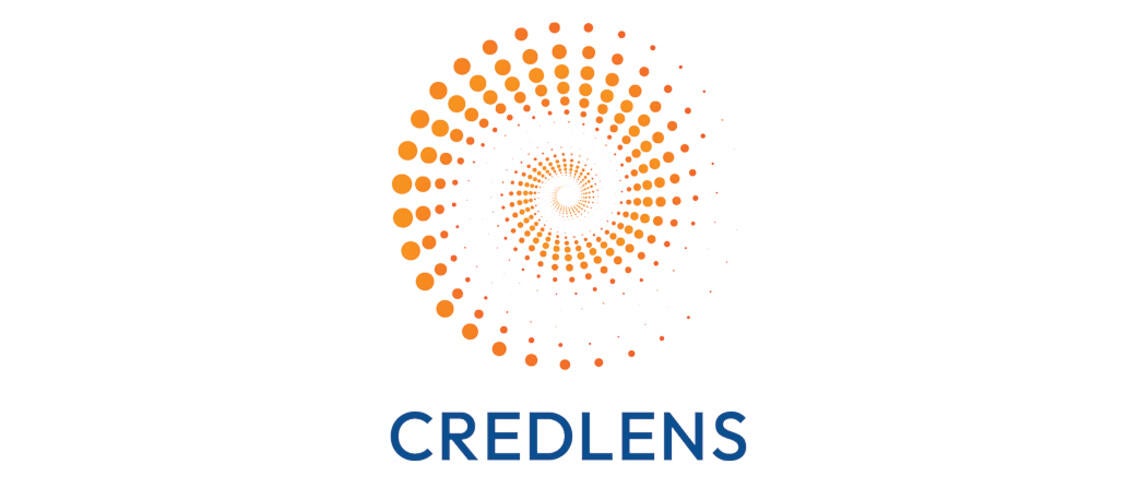NASWA UI Tax Survey 2014
Five years after the Great Recession of 2007-2009, many states continue to confront the challenges presented by the economic downturn in their financing of state UI benefits. In an effort to help capture these challenges, the National Association of State Workforce Agencies (NASWA) recently completed its fifth annual survey of states on the status of their unemployment insurance (UI) financing systems. Originally intended to determine the amount and type of modifications to state UI tax mechanisms, the survey has evolved over the last four years, continuing to track tax changes, but now also tracks changes to weekly benefit payments, duration, eligibility, methods for employers to file UI taxes and alternative sources of funding for repayment of Title XII advances and interest on loan balances.
Some of the key highlights from the results of the 2014 survey include:
- For the first time in the five years that NASWA has conducted its UI Tax Survey, a larger percentage of states indicated they expected UI tax revenue to decrease rather than increase. Twenty-four states (57 percent) reported their UI tax revenue would decrease in 2014.
- States expecting an increase of their UI tax revenue in 2014 are projecting an average increase slightly more than one percent. States expecting a decrease of their UI tax revenue in 2014 are projecting an average decrease of 5.2 percent.
- States expecting UI tax revenue increases in 2014 cited economic growth and indexation of the state’s taxable wage base as the top two factors driving the increase. This is a departure from what states reported in the previous three years of NASWA’s survey, where increases in experience ratings on employers, discretionary increases in the state’s taxable wage base, and moving employers to a higher tax schedule were the top reasons cited by states for the increase in UI tax revenue between 2011and 2013.
- For 2014, 14 states (34 percent) indicated tax schedules and surtaxes had reached their maximums under state law, with 27 states (66 percent) indicating they were not at their statutorily authorized maximums.
- Only 12 states (29 percent) enacted legislation in 2013 addressing UI financing, with 30 states (71 percent) indicating that no legislation was enacted. Five states (12 percent) indicated legislation has been or will be proposed to address UI financing in 2014. Three states (7 percent) indicated that legislation was enacted in 2013 addressing UI benefit levels. One state indicated legislation has, or will be, proposed in 2014 addressing UI benefit levels
- Eight of the nine states who responded to NASWA’s survey indicating they had a Title XII loan mentioned they were taking special actions to reduce or eliminate the FUTA offset credit reduction in 2014 by applying for waivers from the U.S. Department of Labor for the Benefit Cost Ration (BCR) add-on charge.






































